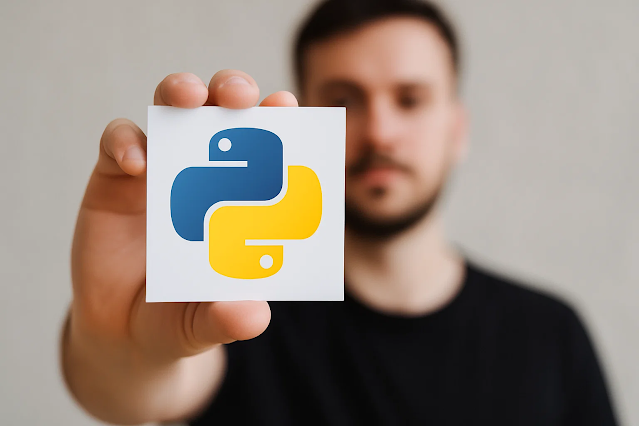Why Python?
Python is the first language many developers fall in love with, and for good reason. It’s easy to read, write, and understand, even if you’ve never written a line of code before. From automation to AI, Python is everywhere.
So how do you actually start learning it without drowning in tutorials?
Here’s your roadmap.
Step 1: Learn the Basics (Syntax + Core Concepts)
Focus on:
- Variables, Data Types, Operators
- Conditional Statements (
if,else) - Loops (
for,while) - Functions
- Lists, Tuples, Dictionaries
✅ Use: W3Schools Python or freeCodeCamp
Step 2: Practice with Basic Projects
Once you understand the basics, jump into hands-on practice:
-
Calculator
To-Do List
-
Number Guessing Game
-
Rock-Paper-Scissors
These help you connect syntax with logic.
Step 3: Understand Problem Solving
This is where most beginners give up, don’t be one of them!
Use platforms like:
⚠️ Tip: Don’t just memorize code, understand what each line does.
Step 4: Learn Modules and Libraries
Python is powerful because of its rich library ecosystem.
Explore:
-
mathandrandom(built-in) datetime,os,sys-
requests(for APIs) -
pandas,matplotlib(for data)
Step 5: Build Something Real
Pick a domain you care about:
-
Automate tasks → Web scraping
Make a website → Flask or Django
-
Visualize data → Pandas + Matplotlib
-
Start ML → scikit-learn
Projects give you confidence and a GitHub portfolio.
Bonus Tips
-
Use ChatGPT to explain errors or debug logic. Don’t copy-paste; ask it to “explain step-by-step.”
Join Python communities like r/learnpython
-
Stick to one roadmap, avoid tutorial overload!
Final Words:
Python is a journey, not a race. Show up daily, build small things, and trust the process. You’ll go from “Hello World” to “Hire Me” in no time.
Got questions? Drop a comment!



0 Comments